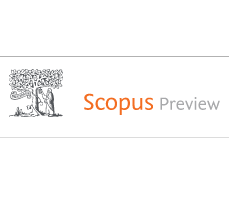We present a detailed analysis of the hybrid fabrication of test parts made from Inconel 718 using two additive-manufacturing (AM) technologies: selective laser melting (SLM) and directed-energy deposition (DED). This combination should allow the manufacturing of larger parts with geometrically complex structures that no other technologies could achieve. However, it is necessary to ensure the consistency of the mechanical properties of such parts. The hybrid SLM/DED parts, as well as the individual SLM and DED processed parts, were evaluated in terms of microstructures and mechanical properties, to understand the mechanisms that control the properties. We introduced a custom solution treatment and aging to dissolve the Laves phase, which was present in the DED part, where it reduced the mechanical properties. For a hybrid part with excellent properties, there must be good bonding between the SLM and DED parts, while the DED process must be adapted to prevent δ-phase precipitation. This new technology has the potential to produce high-added-value metallic products for space applications, that benefit from the properties developed through hybrid AM.

